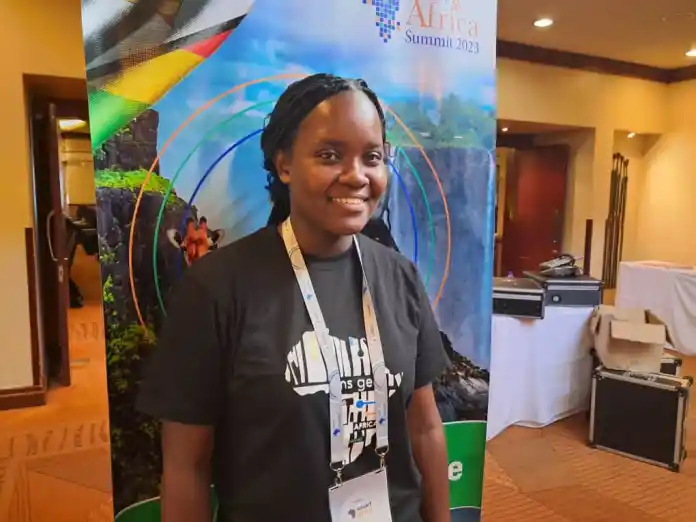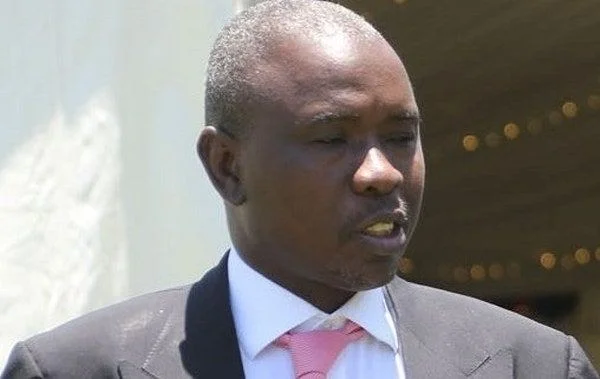
THE country’s quest to become energy self-sufficient is on course, after the development of a solar power generation management system by a former Chinhoyi University of Technology (CUT) student.
Following the increase of power demand in the country, in 2020 Zimbabwe launched the National Renewable Energy Policy (NREP) and the Biofuels Policy of Zimbabwe (BPZ), documents that will guide the investment and production of clean energy alternatives in the country.
The move is bearing fruit after the licensing and development of various solar farms around the country, including the Solgas in Mabale, Hwange District.
However, there is a need to unleash this potential through the use of modern technologies.
Solar power generation is highly dependent on solar radiation and this correlation poses uncertainty to business.
For planning purposes enterprises that have solar generation power plants cannot determine how much solar power can be generated in the upcoming periods as it depends on the weather conditions and solar radiation.
Although most established solar projects are now generating electricity, it is the optimisation and planning that was lagging behind.
Fortunately, this is now history as a former Chinhoyi University of Technology student, Engineer Blessing Sibanda, has a solution through a system dubbed, Solar Power Generation Management System.
“My project had more emphasis on building predicting power output, applying data science in solving the predictability of solar power output. Through sensors we collect parameters of a PV system: voltage and current of the PV arrays, grid voltage, environmental data: module temperature, ambient temperature, solar irradiation. Weather data is sent to the raspberry pi which is loaded with the algorithm to predict power output.
“The predicted power output and the actual power output is displayed on an LCD (Liquid Crystal Display) for the local users. Remote management and monitoring is provided through various types of technologies for data transmission: analogue modem, ISDN (Integrated Services Digital Network), Internet, GSM (Global System for Mobile communication). The weather data is sent for storage to a data centre for future predictions .Artificial Intelligence and this data is used to forecast future power generation,” she said.
She outlined the advantages that come with the system that can make a prediction for about seven days.
“Production scheduling working based on predicted power, in the health sector it allows scheduling surgeries based on predicted available power and for mini-grid it helps determine excess power to put into the national grid and others,” she added.
Engineer Sibanda noted that plans were on course to secure funding to commercialise the project and benefit the world from Zimbabwe, by a 24-year-old female from Kwekwe.
It is increasingly clear that Africa has the potential to lead the world in scaling-up and generating renewable energy.
The potential was made clear by delegates and speakers at Energy Day, on the African Development Bank pavilion at COP24 in Poland.
Source: zbcnews
In other news- Moshe Ndiki shows off his new boyfriend
Moshe Ndiki has a new lover. Moshe Ndiki reveals his new boyfriend months after breaking up with his ex, Phelo Bala.

Taking to social media, the radio personality shared a cute photo revealing the face of his new lover. Ndiki showed the face of his new partner but has yet to disclose details about their love life and identity. Learn more











